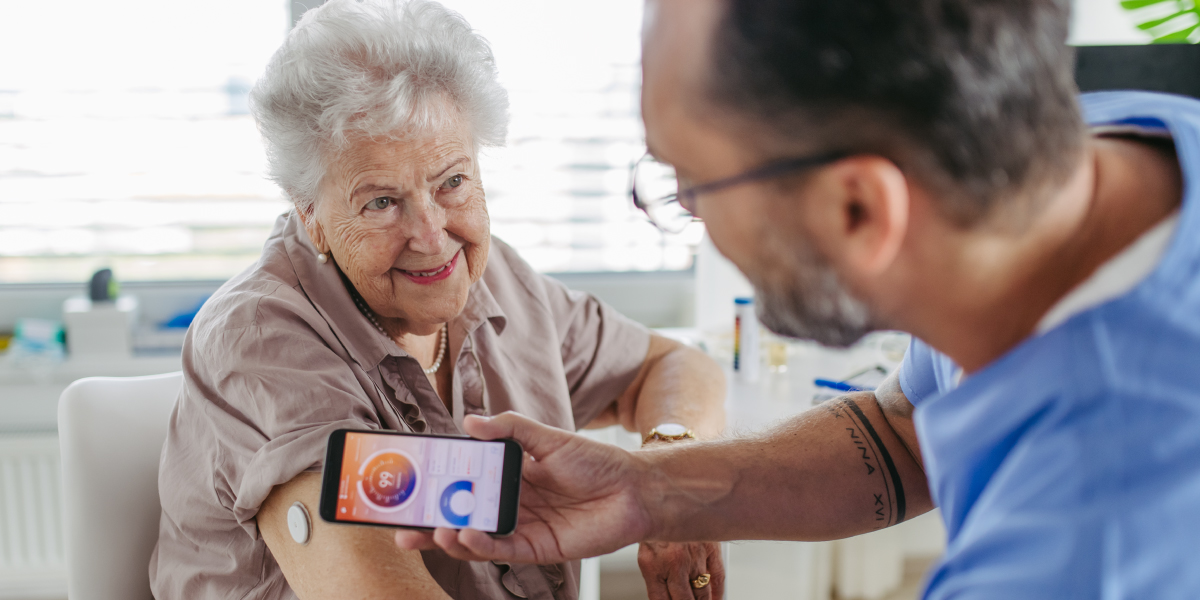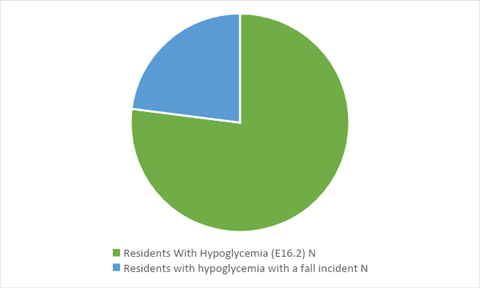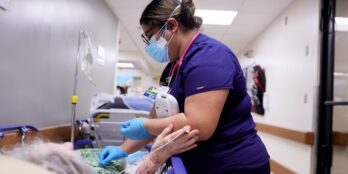
All About: Hypoglycemia in Long-Term Care
 3 min
3 min
The diabetic geriatric population is at a high risk for hypoglycemia due to the fact that a majority of this population is treated with insulin, and typically have different functionality and nutritional needs are different than the general population. That’s why there is an increasing need to establish effective approaches to avoid hypoglycemia. As newly approved medications come to market paired with proper use of technology and the use of regular glucose monitoring, relevant implementation of clinical guidelines and preventative management strategies, older adults are at less risk, improving outcomes and reducing the economic burden.
The population of older adults with diabetes residing in long-term care (LTC) facilities continues to grow exponentially. As a result, treatment plans could be individualized to reduce the risk of complications resulting from iatrogenic hypoglycemia and multiple comorbidities. The complex health issues of this vulnerable population requires new approaches to minimize the risk of hypoglycemia.

The above graph shows the significant increase in diabetes diagnosis for the 70-89 age group. Along with their diabetic treatment, the average person in this group typically has two comorbidities which elevates the risk for hypoglycemic events.

Hypoglycemic events occur in approximately 1% of the diabetic population, with approximately 30% of those resulting in falls. Falling occurrences average 4 events per person. These events can result in severe patient injury, hospitalization, changes in mental status, and other comorbidities. Using PointClickCare Life Science data can help us better understand the impact on an individual. From our data, we witness that nearly 5% of emergency department events were due to a hypoglycemic fall. Furthermore, the consequence of these events leads to an increase in the burden of care per individual and needs to be accounted for when studying this population.
PointClickCare healthcare platforms represent 70% of long-term care patients with daily data flowing through our system. Every day, we leverage this anonymized data to help life sciences both research and analyze approved therapies for their aging population. This longitudinal data captures longer periods of time to track trends with more than 30 terabytes of data collected over the last 5 years.
December 8, 2023






